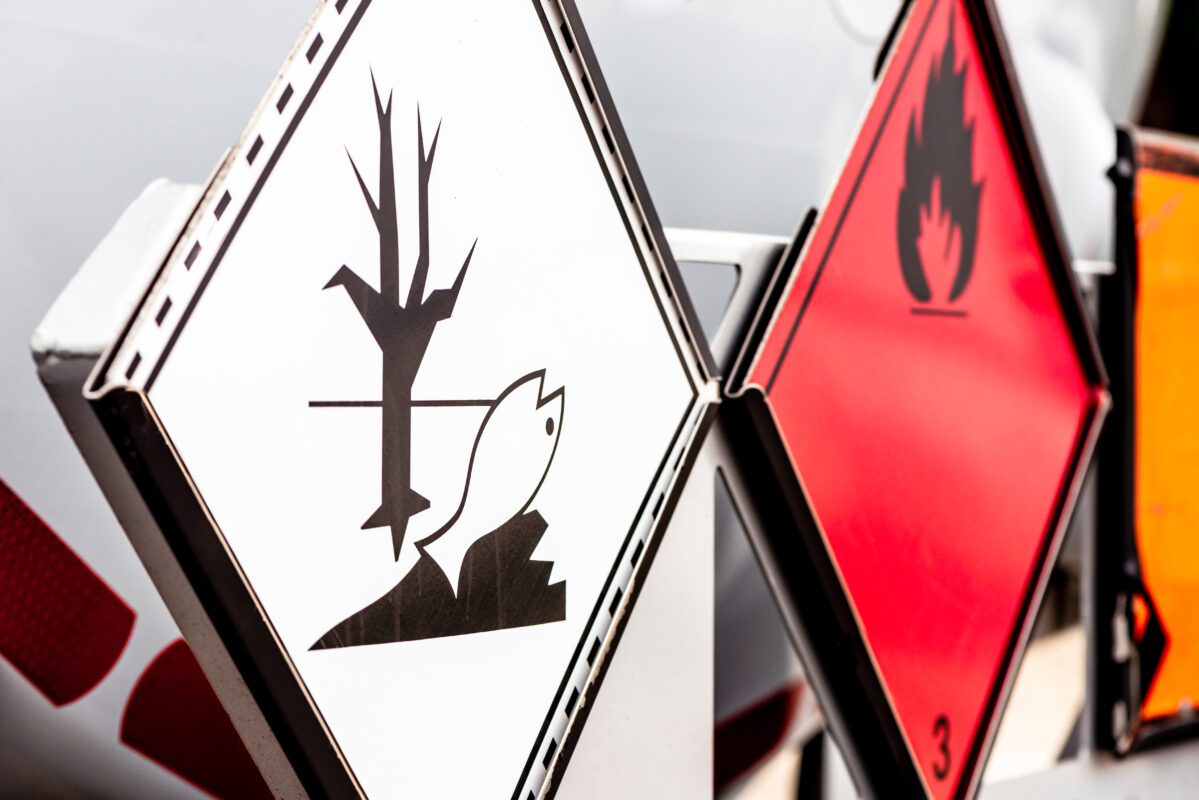
Us, freight forwarder, carrier and the sender, we have a mutual responsibility when transporting dangerous goods.
The transport of dangerous goods is regulated by law and controlled by authorities. For common safety, it is important that both the consignor and the carrier undertake to fulfill their responsibilities and obligations when transporting dangerous goods.
To speed up the delivery of your goods it is important that the documentation, classification, and labeling of the goods are correct and in compliance with agreements. When everything is correct there will be no unnecessary delays due to discharge, handling, or inspections by authorities.
It is our aim to keep up our reputation as a reliable company that cares for our mutual environment. We hope you also share this vision.
If you make sure that…
- goods given for transport are classified according to regulations for the mode of transport (ADR, IMDG)
- packages are UN-classified.
- packages are marked according to the mode of transport.
- all relevant documentation will be handed over when the transport commences:
- Waybill with proper classification notes
- safety instructions in the languages of the countries of origin, destination, and transit. (Please check for routing with your contact at Beweship)
- consignor’s assurance that the goods comply with the ADR agreement for carriage by road.
- IMO/IMDG form duly completed and signed if goods will be transported by sea.
PLEASE NOTE! If you are the buyer/consignee, note that it is the responsibility of the seller/consignor to make sure the above items are taken care of.
… We will make sure that:
- All regulations concerning the transport of dangerous goods are followed
- All shipments entrusted with us will be handled according to regulations
- All documentation will be delivered to the right places, at the right time
- Loading rules are met
- The right equipment* and professional drivers are used to perform the transport
- The transport unit will be correctly marked
- The advance inquiry and notification are made in accordance with regulations for the applicable Port Authorities
Did you know that an ADR vehicle must be equipped with:
- Fire extinguishers (minimum 2) for the truck and for the goods
- Wheel wedges
- Two separated blinker lights with their own power sources
- Possible special equipment for the goods carried
- A driver with a valid ADR-certificate
Important abbreviations:
ADR: European Agreement concerning the International Carriage of Dangerous Goods by Road. More information and news here: https://unece.org/about-adr
IMDG: International Maritime Dangerous Goods Code. More info here: https://www.imo.org/en/OurWork/Safety/Pages/DangerousGoods-default.aspx
Markings for carriage by sea can be helpful for carriage on the road
If transport will include carriage by sea as well as carriage by road, it must comply with both the ADR agreement and the IMDG Code. The main portion of transport to Central Europe, handled by Beweship, are carried by sea. The marking of the packages can therefore be as per labels on the opposite page. Labels on the IMDG Code are, according to certain conditions, accepted as markings for carriage by road. If in doubt, please contact us!

 Suomi
Suomi